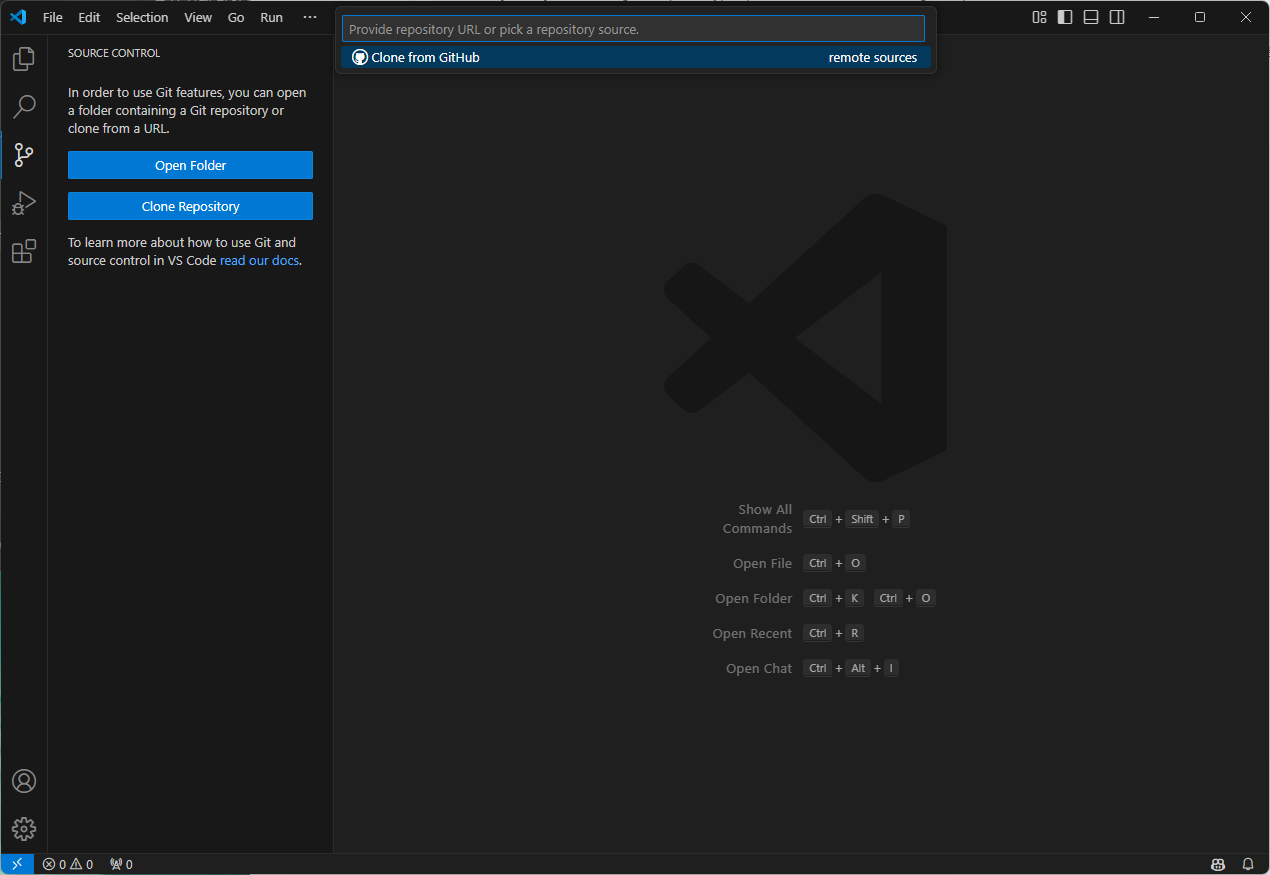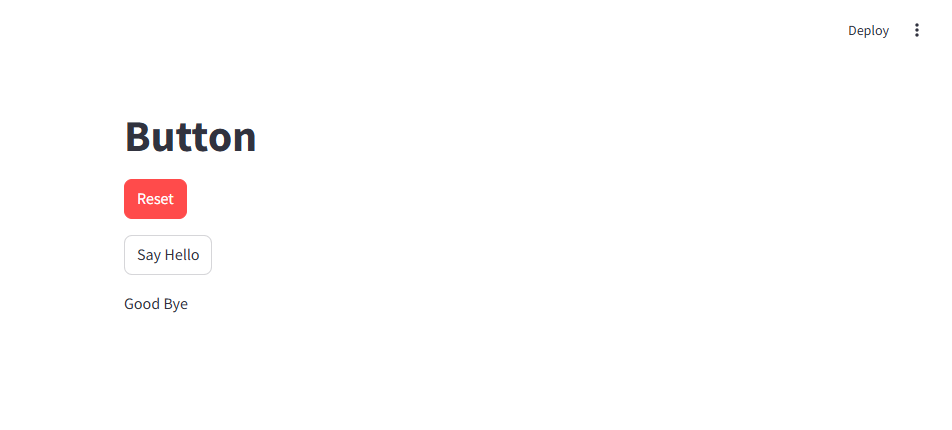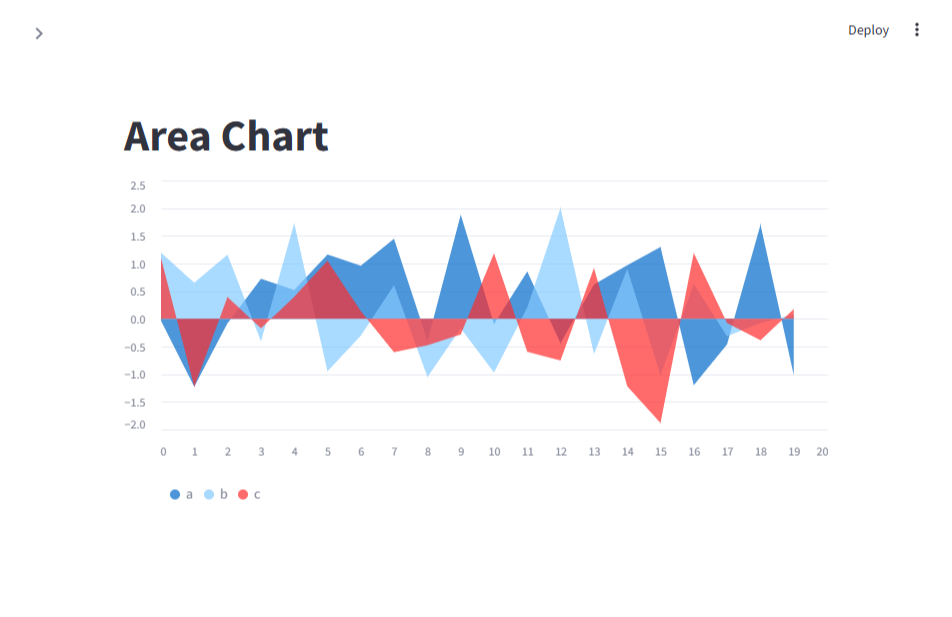11일 차 회고.
프로젝트에서 의사소통이 제일 중요하다는 사실을 다시 깨닫게 되었다. 팀원끼리 의사소통을 통해 진행 상황을 전달받고 잘 진행되고 있는지 확인하는 것이 제일 중요하다고 생각한다. 이것이 우리 팀에게 부족하다는 것을 깨달았고, 팀장으로서 이를 주도해야 해서 많이 힘들었던 것 같다.
1. Git
1-1. Github Repository 생성
Github의 Repository 탭에서 'New'를 선택하여 새 Repository를 생성한다.

1-2. Clone Repository
VS Code에서 작업할 것이기 때문에, VS Code와 Repository를 연결한다.
연결할 Github의 코드(HTTPS)를 복사하면 된다.

1-3. Branch
Repository를 생성하면 기본적으로 만들어지는 branch는 'main'이다.
이는 개발을 최종적으로 완료했을 때 사용하는 branch로, 그 외에는 develop 또는 feature branch를 사용한다.
좌측 하단의 'main'을 누르고, 'Create new branch from...'를 선택하여 branch 이름을 작성한다.
branch 이름은 'develop' 또는 'feature-(feature name)'로 작성하는 것이 좋다.

1-4. Merge
merge는 작업 내용을 합칠 branch에서 진행한다.
즉, feature branch에서 작업한 내용을 develop branch로 merge 할 때는 develop branch에서 merge를 진행한다.
해당 branch를 선택한 상태에서 'Source Control' 탭에서 'branch > merge...'를 선택하여 merge 할 branch를 선택한다.

feature branch는 develop branch와만 merge를 하는 것이 좋기 때문에, feature branch끼리는 merge를 진행하지 않는다.
그렇기 때문에 다른 feature branch의 코드가 필요할 경우,
먼저 develop branch에 merge를 한 후에 이를 개발 진행 중인 feature branch로 merge 한다.

+ 개발의 편의를 위해 'Git Graph' extention을 설치한다.
2. Streamlit
2-1. Button
import streamlit as st
st.title("Button")
st.button("Reset", type="primary")
if st.button("Say Hello"):
st.write("Hello World")
else:
st.write("Good Bye")

1-2. Download
import streamlit as st
import pandas as pd
st.title("Download")
# 데이터 생성
df = pd.DataFrame({
'first': [1, 2, 3, 4, 5],
'second': [10, 20, 30, 40, 50]
})
# Dataframe을 csv 파일로 변환
def convert_df_to_cvs(p_df: pd.DataFrame):
return p_df.to_csv().encode("utf-8")
st.download_button(
label="Download Data as CSV",
data=convert_df_to_cvs(df),
file_name="sample.csv",
mime="text/csv"
)
# 데이터 출력
st.dataframe(df)

1-3. Form Submit
import streamlit as st
st.title("Submit Button")
with st.form(key="my_form"):
text_input = st.text_input(label="Enter your name")
submit_button = st.form_submit_button(label="Submit")
st.write("Press submit button to have your name printed below.")
if submit_button:
st.write(f"Hello {text_input}")


1-4. Link
import streamlit as st
st.title("Link Button")
st.link_button(label="Go To Naver", url="https://www.naver.com/")

1-5. Multi Page
multi page를 구현하기 위해서 'pages' 폴더를 생성한다.
# pages\sub01.py
import streamlit as st
st.title("Sub01 Page")
# pages\sub02.py
import streamlit as st
st.title("Sub02 Page")
# pages\sub03.py
import streamlit as st
st.title("Sub03 Page")
import streamlit as st
st.title("Main Page")

1-6. Check Box
import streamlit as st
st.title("CheckBox Page")
agree = st.checkbox("I agree.")
if agree:
st.write("So do I.")


1-7. Toggle
import streamlit as st
st.title("Toggle")
toggle = st.toggle("Activate Feature")
if toggle:
st.write("Feature Activated.")


1-8. Radio
import streamlit as st
st.title("Radio")
genre = st.radio(
"What's your favorite movie genre?",
["Comedy", "Drama", "Documentary"],
captions=["Laugh out loud", "Get the popcorn", "Never stop learning"]
)
if genre == "Comedy":
st.write("You selected Comedy")
else:
st.write("You didn't select Comedy")


1-9. Chart
1-9-1. Area Chart
import streamlit as st
import pandas as pd
import numpy as np
st.title("Area Chart")
chart_data = pd.DataFrame(
np.random.randn(20, 3),
columns=['a', 'b', 'c']
)
st.area_chart(chart_data)

1-9-2. Bar Chart
import streamlit as st
import pandas as pd
import numpy as np
st.title("Bar Chart")
chart_data = pd.DataFrame(
np.random.randn(20, 3),
columns=['a', 'b', 'c']
)
st.bar_chart(chart_data)

1-9-3. Line Chart
import streamlit as st
import pandas as pd
import numpy as np
st.title("Line Chart")
chart_data = pd.DataFrame(
{
'col1': np.random.randn(20),
'col2': np.random.randn(20),
'col3': np.random.choice(['A', 'B', 'C'], 20)
}
)
st.line_chart(chart_data, x="col1", y="col2", color="col3")

3. Crawling
3-0. 가상환경 생성
py -3.13 -m venv .venv
.\.venv\Scripts\activate
python -m pip install --upgrade pip
pip install jupyter streamlit pandas requests beautifulsoup4 selenium
3-1. Web Crawling
웹 크롤링은 웹 크롤러/(web crawler)가 정해진 규칙에 따라 여러 개의 웹 페이지를 탐색하는 것을 말한다.
다양한 분야에서 활용이 가능하며, 시장 연구 또는 경쟁사 분석, SNS 트렌드 파악 등에 사용할 수 있다.
그러나 크롤링은 상업적 이용, 개인정보 등의 문제가 되는 부분이 있기 때문에 활용에 유의해야 한다.
또한 DDoS 같은 행위가 나타나지 않도록 하기 위해서 sleep()과 같은 함수를 사용하는 것도 좋다.
3-1-1. Web Crawling 종류
- 정적(Static) 수집
- 별도 페이지를 조작할 필요가 없기 때문에 빠르다.
- 사용 패키지: requests, urllib
- 파싱 패키지: beautifulsoup
- 동적(Dynamic) 수집
- 여러 번의 비동기 통신을 처리하기 때문에 상대적으로 느리다.
- 사용 패키지: selenium
- 파싱 패키지: beautifulsoup, selenium
3-1-2. 주요 Crawling 모듈
- requests
- Python의 HTTP 통신에 사용
- beautifulsoup
- HTML, XML, JSON 등 파일의 구문 분석
- selenium
- 웹 브라우저를 이용하는 자동화 프로그
4. requests
4-1. import requests
import requests
4-2. 웹 페이지 접속
url = "https://www.naver.com/"
response = requests.get(url=url)
print(response) # <Response [200]> -> Status Code: 200 -> OK
url = "https://news.naver.com/section/%EC%BD%94%EB%94%A9%EC%A2%8B%EC%95%84"
response = requests.get(url=url)
print(response) # <Response [404]> -> Status Code: 404 -> Error
4-3. Headers
- User Agent: 접속한 기기, 운영체제, 브라우저 등에 대한 정보
- Referer: 요청을 보낸 웹 페이지에 대한 정보
url = "https://n.news.naver.com/mnews/article/005/0001753079"
headers = {
# 어떤 사람이 어떤 디바이스(PC / Mobile / Tablet / ...)에서 접속했는지에 대한 정보
"User-Agent": "Mozilla/5.0 (Windows NT 10.0; Win64; x64) AppleWebKit/537.36 (KHTML, like Gecko) Chrome/132.0.0.0 Safari/537.36",
# 현재 표시하는 웹 페이지가 어떤 웹페이지에서 요청되었는지에 대한 정보
"Referer": "https://news.naer.com/section/105"
}
response = requests.get(url=url, headers=headers)
print(response)
4-4. Streamlit
# common\crawling.py
import requests
def do_crawling() -> str:
url = "https://n.news.naver.com/mnews/article/009/0005432422"
headers = {
"User-Agent": "Mozilla/5.0 (Windows NT 10.0; Win64; x64) AppleWebKit/537.36 (KHTML, like Gecko) Chrome/132.0.0.0 Safari/537.36",
"Referer": "https://news.naver.com/section/105"
}
response = requests.get(url=url, headers=headers)
return "Error." if response.status_code >= 400 else "Success."
# main.py
import streamlit as st
from common.crawling import do_crawling
st.title("Crawling")
if st.button("Crawling Start"):
msg = do_crawling()
st.write(msg)
streamlit run main.py


5. BeautifulSoup
5-1. import BeautifulSoup
import requests
from bs4 import BeautifulSoup as bs
5-2. 웹 페이지 접속
여기서 response에는 해당 사이트의 문서(.html)가 text 형태로 들어있다.
url = "https://pann.nate.com/talk/350939697"
header = {
"Referer": "https://pann.nate.com/talk/",
"User-Agent": "Mozilla/5.0 (Windows NT 10.0; Win64; x64) AppleWebKit/537.36 (KHTML, like Gecko) Chrome/132.0.0.0 Safari/537.36"
}
response = requests.get(url=url, headers=header)
if response.status_code >= 400:
print("Error.")
5-3. HTML Parser
beautiful_text = bs(response.text, "html.parser")
beautiful_text
5-4. 댓글 가져오기
comment_list = beautiful_text.find_all("dd", class_="usertxt") # list 형태
comment_list[0].get_text().replace("\n", "").strip()
5-5. Streamlit
# common\crawling.py
import requests
from bs4 import BeautifulSoup as bs
def do_crawling():
url = "https://pann.nate.com/talk/350939697"
header = {
"Referer": "https://pann.nate.com/talk/",
"User-Agent": "Mozilla/5.0 (Windows NT 10.0; Win64; x64) AppleWebKit/537.36 (KHTML, like Gecko) Chrome/132.0.0.0 Safari/537.36"
}
response = requests.get(url=url, headers=header)
return response
def get_text() -> list:
response = do_crawling()
if response.status_code >= 400:
print("Error.")
return
beautiful_text = bs(response.text, "html.parser")
comment_list = beautiful_text.find_all("dd", class_="usertxt")
return [
comment.get_text().replace("\n", "").strip() for comment in comment_list
]
# main.py
import streamlit as st
from common.crawling import get_text
st.title("Crawling")
if st.button("Crawling Start"):
msg = get_text()
st.write(msg)
streamlit run main.py

'SK네트웍스 Family AI캠프 10기 > Daily 회고' 카테고리의 다른 글
| 13-14일차. 단위 프로젝트(프로그래밍과 데이터 기초) (0) | 2025.01.24 |
|---|---|
| 12일차. Crawling (0) | 2025.01.22 |
| 10일차. DML & Streamlit (0) | 2025.01.20 |
| 9일차. DCL & DML (0) | 2025.01.17 |
| 8일차. MySQL & 데이터베이스 & DDL (0) | 2025.01.16 |



